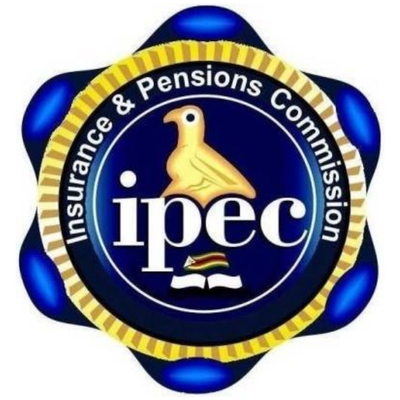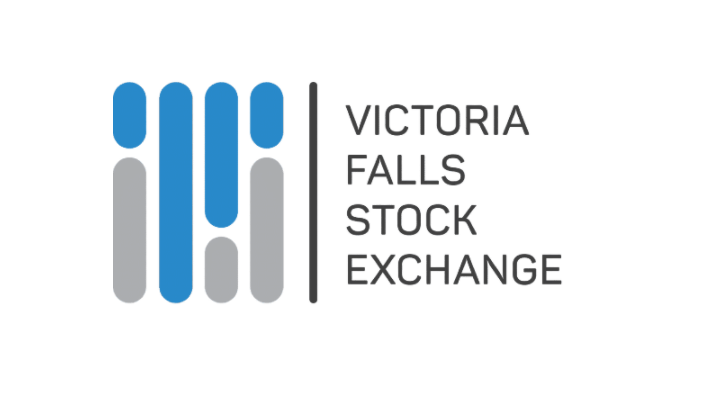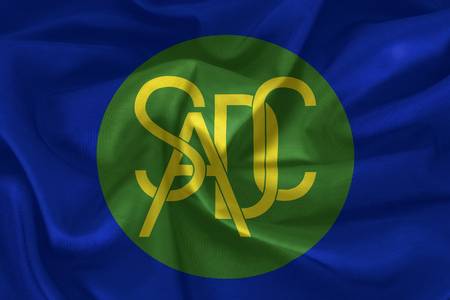Heavy indebtedness at core of region’s challenges
Heavy sovereign indebtedness is proving to be at the core of the region’s challenges — Zimbabwe included, with experts calling for quick sustainable debt management solutions.
A two-day Zimbabwe Public Debt Indaba convened by the Zimbabwe Coalition on Debt and Development (ZIMCODD) from 29 to 30 March 2022 highlighted shared concern amongst
civil society and policy makers over the deepening debt crisis in Zimbabwe and the SADC
region at large.
Speakers from Zimbabwe, Malawi, Zambia, Mozambique and the United Kingdom concurred that the debt situation in the region required a holistic approach as a matter of urgency to allow the region to grow.
Experts say debt servicing diverts money meant to finance public expenditure resulting in poor access to basic services — health, education, water, and sanitation while local industry cannot access affordable loans from international funders due to the country’s debt profile, which would be deemed risky.
For Zimbabwe, consolidated debt is now estimated at US$19,03 billion, as at the conclusion of the Article IV Consultation with Zimbabwe on March 21, 2022.
The US$19,03 billion consolidated public sector debt represents 68,1 percent of GDP, a threshold above the acceptable ratio, with public and publicly guaranteed external debt standing at US$17,59 billion, of which arrears are at US$13,1 billion.
“These are not numbers, but drivers of poverty and inequality in Zimbabwe, why women in Binga, for instance, struggle to access maternal health care. Debt is ballooning amid the spiralling illicit financial flows and failure to widen Government revenue from the country’s vast mineral wealth,” said ZIMCODD.
Despite projected strong economic growth in 2021 and 2022, Zimbabwe’s unsustainable
debt situation continues to weigh down optimal economic growth prospects.
The economy has also experienced severe exogenous shocks (Cyclone Idai, protracted
drought, and the Covid-19 pandemic) which led to a deep recession and high inflation
slowing progress towards restoring macroeconomic stability.
Commenting on the debt situation, a Malawian delegate, Mike Banda said the the crisis
was not unique to Zimbabwe alone, but a phenomenon prevalent across the region.
He called on the capacitation of regional Parliaments to strengthen their voice in playing
their oversight role on the contraction of debt.
“There is a lot of money being used to service debt at the expense of social service delivery
and this is a challenge across the region. The other problem is weakness by our Parliaments on their role in loan contraction,” he said.
The Reserve Bank of Zimbabwe (RBZ) quasi fiscal activities, loans and guarantees by the
Government, as well as interest and penalties on debts has also exacerbated the debt
situation.
However, there are ongoing efforts to address the challenge as underpinned by the
Medium Term Debt Strategy as well as engaging with multilateral creditors and cutting
Governmentrecurrent expenditure.
Recommendations tendered by the civic society beyond the taxation of the public, call for
focus on domestic resource mobilization, restructuring of current debt and renegotiation
of loans contracted with bilateral agreements.
“Adoption of policy mix to manage risks of contraction of public debt is key to a wide
range of options including the reform of current weak legislative frameworks as well
strengthening parliamentary oversight.
“While the Ministry of Finance has now introduced an Annual Debt bulletin there is need
for comprehensive debt audits, public debt registers as well as legal reforms to limit debt
contraction without parliamentary oversight,” said ZIMCODD.-Herald.co.zw










